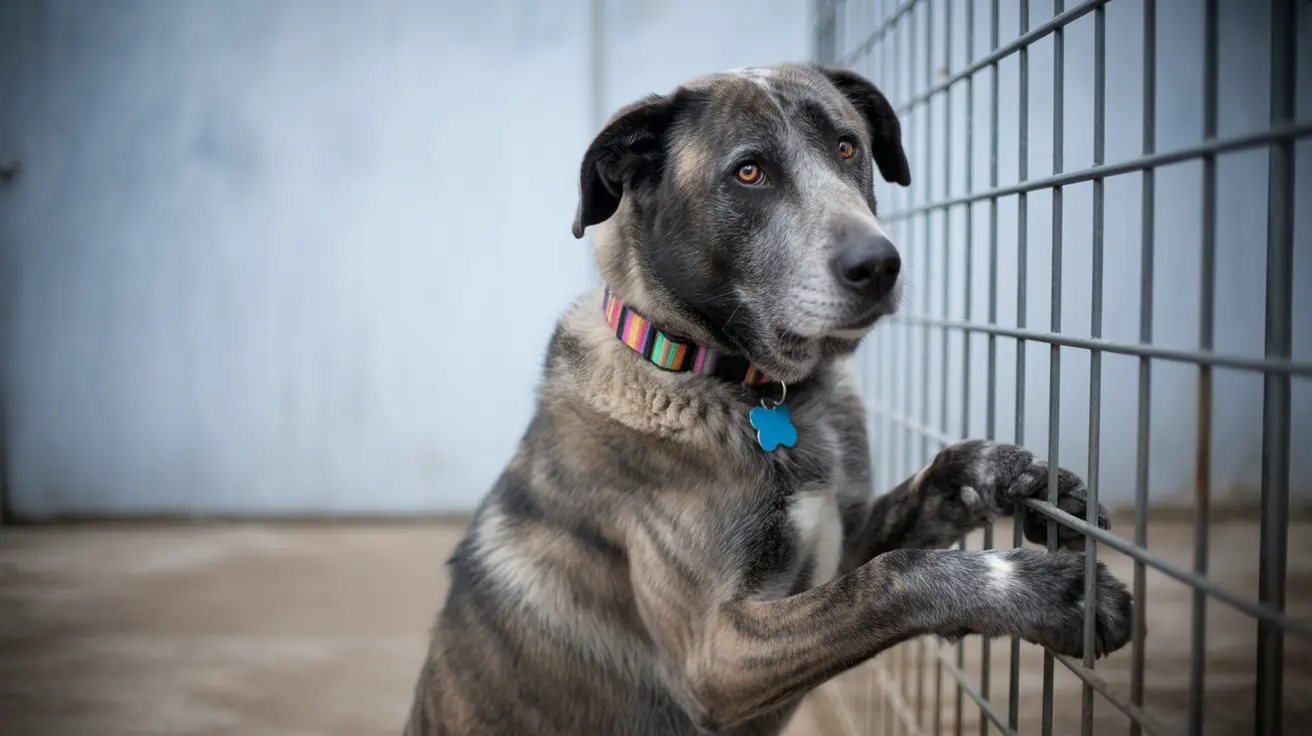Understanding Estrogen in Dogs
Yes, dogs do have estrogen - it's a crucial hormone present in both female and male canines, though females typically have higher levels. This sex hormone plays a vital role in reproductive health, bone development, and various bodily functions. While estrogen is essential for normal development, excessive levels can lead to a condition called hyperestrogenism, which can cause serious health complications.
The Role of Estrogen in Canine Health
Estrogen serves multiple important functions in dogs' bodies. In female dogs, it regulates the reproductive cycle, controls heat periods, and supports pregnancy. In male dogs, smaller amounts of estrogen help maintain bone density and contribute to overall hormonal balance. Understanding these normal functions helps identify when something goes wrong.
Normal Estrogen Levels vs. Hyperestrogenism
When estrogen levels become excessive, dogs can develop hyperestrogenism. This condition can affect both male and female dogs, though the underlying causes and manifestations may differ between genders. Regular veterinary check-ups can help detect hormonal imbalances before they become severe.
Common Causes of Elevated Estrogen
In Female Dogs
Female dogs most commonly experience elevated estrogen levels due to:
- Ovarian cysts
- Ovarian tumors
- Functional ovarian tissue remaining after spaying
- Exposure to external estrogen sources
In Male Dogs
Male dogs typically develop hyperestrogenism due to:
- Testicular tumors (especially Sertoli cell tumors)
- Retained testicles (cryptorchidism)
- External exposure to estrogen-containing products
Recognizing Signs of High Estrogen
Dogs with hyperestrogenism often display distinctive symptoms:
- Symmetrical hair loss, particularly on the flanks and trunk
- Darkening of the skin (hyperpigmentation)
- Extended heat cycles in females
- Feminization in male dogs
- Enlarged mammary tissue
- Behavioral changes
- Attraction to male dogs (even in male dogs)
Diagnosis and Treatment Options
Veterinarians diagnose hyperestrogenism through:
- Physical examination
- Blood tests to measure hormone levels
- Imaging studies to identify tumors
- Bone marrow evaluation when necessary
Treatment typically involves:
- Surgical removal of tumors
- Spaying or neutering when appropriate
- Addressing underlying medical conditions
- Monitoring blood cell counts
- Supportive care for complications
Frequently Asked Questions
What causes hyperestrogenism in dogs and how does it affect their health?
Hyperestrogenism is primarily caused by testicular tumors in males and ovarian cysts or tumors in females. It can seriously affect health by suppressing bone marrow function, causing skin changes, and altering reproductive capabilities.
How can I recognize the signs of elevated estrogen levels in my dog?
Look for symmetrical hair loss, darkened skin, enlarged mammary tissue, and changes in behavior or sexual attraction. In females, watch for prolonged or irregular heat cycles.
Can testicular tumors in male dogs lead to increased estrogen and feminization?
Yes, particularly Sertoli cell tumors can produce excess estrogen, leading to feminization symptoms in male dogs, including enlarged nipples and attraction to male dogs.
What treatments are available for dogs diagnosed with hyperestrogenism?
Treatment typically involves surgical removal of tumors, spaying/neutering if indicated, and supportive care for complications. The specific approach depends on the underlying cause.
How does hyperestrogenism impact my dog's reproductive cycle and behavior?
Hyperestrogenism can cause irregular heat cycles in females and behavioral changes in both genders, including increased attraction to male dogs and altered sexual behavior.
Conclusion
Understanding estrogen's role in dogs and recognizing signs of hormonal imbalance is crucial for maintaining your pet's health. If you notice any symptoms of hyperestrogenism, consult your veterinarian promptly for proper diagnosis and treatment. Early intervention can prevent serious complications and ensure the best outcome for your dog.






